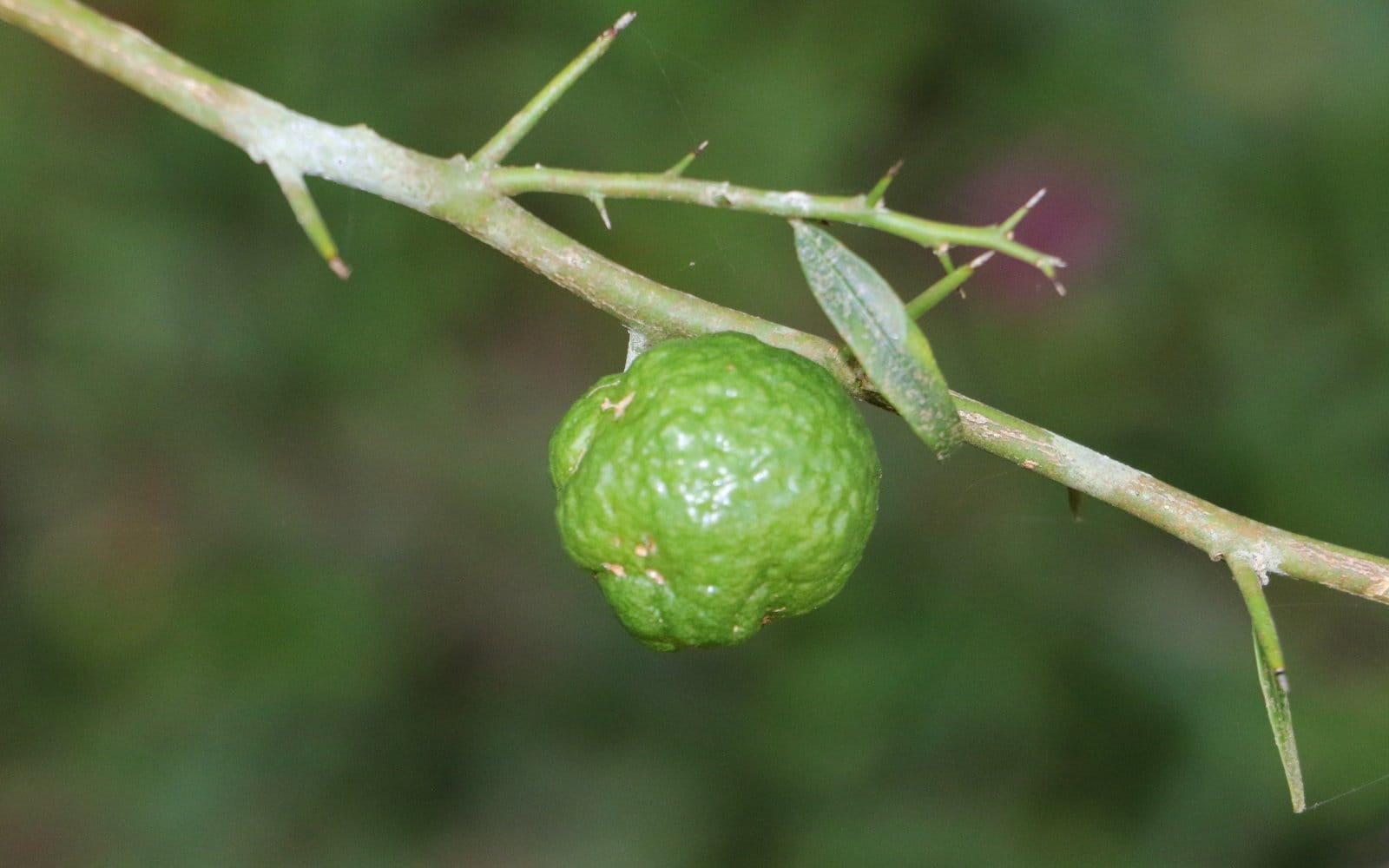Have you ever found yourself staring at your phone’s search bar, wondering, “Did I really just Google that?”. Well, if your recent search history includes “Roundline vs lime,” you’re not alone. While “Roundline” might not immediately evoke images of citrus fruit, the search itself highlights a curiosity about limes and their diverse applications. Let’s delve into the fascinating world of limes, exploring various aspects from culinary uses to industrial applications, and see if we can uncover the mystery behind “Roundline.”
Unveiling the Diversity of Limes: Beyond the Grocery Store
When we think of limes, the image of a bright green wedge in a refreshing drink often comes to mind. But, the world of limes extends far beyond this common variety. Just like apples or tomatoes, limes encompass a range of types, each boasting unique flavors, aromas, and uses.
A Glimpse into the Lime Family
Beyond the familiar Persian lime found in most supermarkets, the citrus family includes a variety of limes, each with its own distinct characteristics:
- Key Limes: These small, tart limes with thin skin are the star ingredient in the beloved Key lime pie.
- Persian Limes: Larger and slightly sweeter than Key limes, these are the most common variety, perfect for cocktails, salad dressings, and more.
- Makrut Limes: Hailing from Southeast Asia, these limes are easily recognizable by their bumpy skin. However, it’s their highly fragrant leaves, known as “bai makrut” in Thai, that make them truly special, adding a unique aroma to countless dishes.
- Finger Limes: These unique limes resemble small fingers and contain tiny citrus pearls that burst with flavor. Their delicate appearance and unique texture make them a prized garnish.
Limes: Beyond the Culinary World
While limes are celebrated for their culinary versatility, their uses extend far beyond the kitchen. These citrus fruits have a long history of industrial applications, particularly in construction:
- Hydrated Lime: This super-fine powder, derived from limestone, has been used for centuries in mortars and plasters, enhancing their durability and moisture resistance.
- Quicklime: Highly reactive and versatile, this type of lime plays a crucial role in industrial processes, including water treatment and chemical manufacturing.
- Lime Putty: This paste-like substance, made from hydrated lime, is highly valued in the restoration and preservation of historic buildings.
Delving Deeper: Kaffir Lime vs. Lime – A Tale of Two Citrus Cousins
Often mistaken for regular limes, kaffir limes deserve a category of their own. Though both belong to the citrus family, their flavor profiles and culinary uses differ significantly.
Regular Limes: Familiar Tartness
Regular limes, typically the Persian variety, are celebrated for their tart, acidic flavor. They are widely used for their juice and zest, adding a refreshing zing to beverages, desserts, and savory dishes.
Kaffir Limes: Aromatic Complexity
Kaffir limes, on the other hand, offer a more complex flavor profile. Their intensely aromatic leaves, rather than the juice, are highly prized in Southeast Asian cuisine. The zest, too, packs a powerful citrusy punch and is used sparingly in curry pastes and marinades.
Here’s a closer look at the key differences:
| Feature | Lime | Kaffir Lime |
|---|---|---|
| Appearance | Smooth, round, green | Bumpy, double-leaf, dark green |
| Flavor | Tart, acidic | Aromatic, floral, less acidic |
| Culinary Uses | Juice, zest | Leaves (“bai makrut”), zest |
| Common in | Various cuisines | Southeast Asian cuisines |
The Future of Limes: A Green Revolution?
As research continues, the potential of limes seems to be ever-expanding. From sustainable construction to agricultural advancements, limes are proving to be valuable in unexpected ways:
- Eco-Friendly Construction: Scientists are exploring the use of hydrated lime in bio-concrete, a greener alternative to traditional concrete that could contribute to reducing carbon emissions. To learn more about eco-friendly building practices in Iowa, visit Home of Johnny Carson Corning Iowa.
- Agriculture: Research suggests that limes can play a role in neutralizing soil pH and improving nutrient availability, potentially leading to healthier crops and increased food production.
- Water Treatment: Limes are already being used in water treatment processes due to their ability to remove impurities, contributing to safer drinking water. You can learn more about water treatment efforts in specific regions, such as the initiatives taking place in the 1300 block of Macedonia Road.
The Elusive “Roundline”: A New Frontier?
Despite our exploration of the multifaceted world of limes, the mystery of “Roundline” remains. Perhaps it’s a novel hybrid in development, a term used in a specific industry, or a regional variation. However, the search itself underscores our inherent curiosity about this versatile fruit and its potential.
The Quest for the Strongest Trimmer Line: A Guide for Every Yard Tamer
When it comes to choosing the right trimmer line for your needs, it can feel like navigating a jungle of options. Understanding the key factors, such as line shape and thickness, is crucial for achieving a clean, efficient trim.
Trimmer Line Shapes: Striking a Balance Between Strength and Performance
- Round Lines: These lines are known for their durability and longevity, making them a reliable choice for general lawn maintenance and light weed trimming.
- Twisted Lines: Offering a good balance of strength and quiet operation, twisted lines are a popular choice for residential areas where noise reduction is a priority.
- Star-Shaped Lines: With their sharp edges, these lines excel at cutting through thick weeds and dense brush, but they are prone to faster wear and tear.
- Multi-Sided Lines: These lines come in a range of designs, offering varying degrees of strength and cutting ability.
Gauge: Matching Thickness to the Task
Line thickness, measured in gauge, is another critical factor:
- .065″ – .080″: Ideal for trimming light grass and weeds.
- .085″ – .0105″: Suitable for most residential needs, handling thicker weeds and grass with ease.
- .095″ and above: Reserved for heavy-duty jobs, thick brush, and professional use.
Ultimately, the “strongest” trimmer line depends on your specific needs. Explore a wider range of outdoor power equipment options at Norman Frede Chevrolet, your trusted local dealer.
Insider Tips: What the Pros Use
Professional landscapers often prefer twisted trimmer lines due to:
- Balance of Strength and Durability: They can withstand demanding use while maintaining their cutting efficiency.
- Efficiency and Reduced Trimming Time: The twisting process enhances their cutting ability, allowing for quicker and cleaner cuts.
- Noise Reduction: Twisted lines tend to operate quieter than other types, especially important for professionals working in residential neighborhoods. To learn more about professionals in other fields, such as those in the film industry, visit Pittsburgh Mills Cinemas.
Beyond the Basics: Material and Purpose
- Material Composition: While most trimmer lines are made from nylon, some manufacturers offer upgraded materials like copolymers or reinforced lines for increased cutting power and longevity.
- Intended Use: Consider the type of vegetation you’ll be trimming and choose a line that’s specifically designed for that purpose. For example, a line designed for light edging might not hold up against thick brush.
Finding the perfect trimmer line might require some experimentation, but by understanding these key factors and considering your own needs, you can confidently tackle any yard work challenge.
In Conclusion: Embracing the Versatility of Limes and Choosing the Right Tool for the Job
From the common Persian lime to the exotic kaffir lime, these citrus fruits offer a spectrum of flavors, aromas, and uses that extend far beyond a simple squeeze of juice. As research progresses, we are likely to discover even more innovative applications for limes, from sustainable construction materials to advancements in agriculture.
The search for “Roundline,” while still shrouded in mystery, reflects our persistent curiosity and the drive to explore new possibilities within the seemingly familiar. It serves as a reminder that even in a world saturated with information, there is always something new to discover.
When it comes to taming our own green spaces, understanding the nuances of trimmer line selection can make all the difference. By considering factors such as line shape, thickness, material, and intended use, we can find the perfect tool to maintain our lawns and gardens with efficiency and precision.
So, the next time you reach for a lime for your favorite cocktail or embark on a yard work endeavor, take a moment to appreciate the versatility of these citrus wonders and the importance of choosing the right tool for the task at hand. And for those captivated by the mystery of “Roundline,” the exploration continues…
- Mastering Leader in Spanish: The Complete Guide - April 19, 2025
- Uncovering Surprising Parallels: England Size Compared to US States - April 19, 2025
- Old Mexico Map: Border Shifts 1821-1857 - April 19, 2025
















